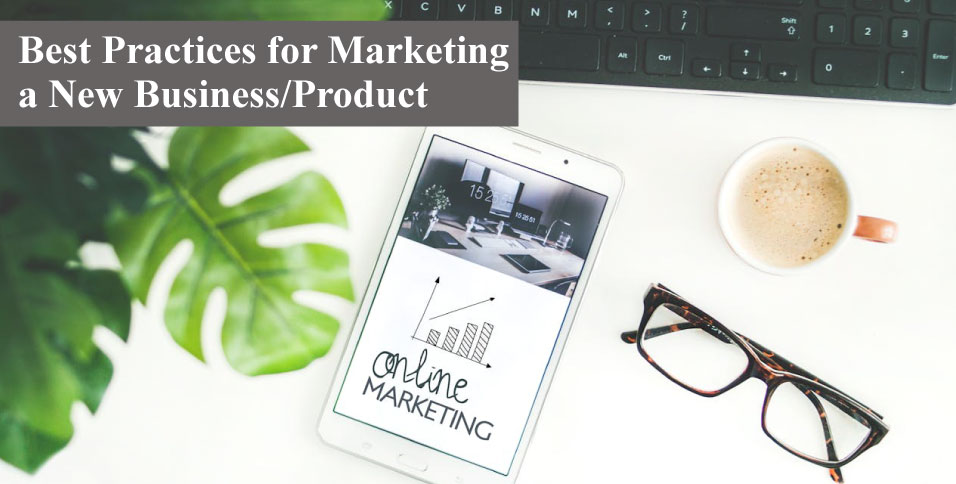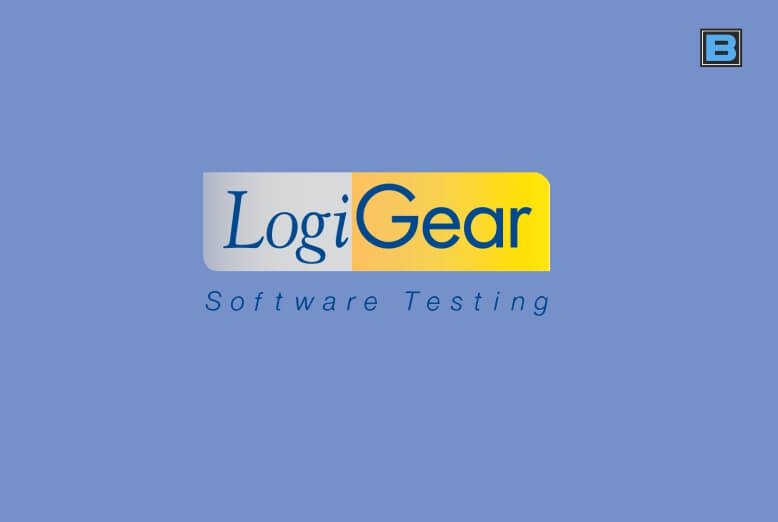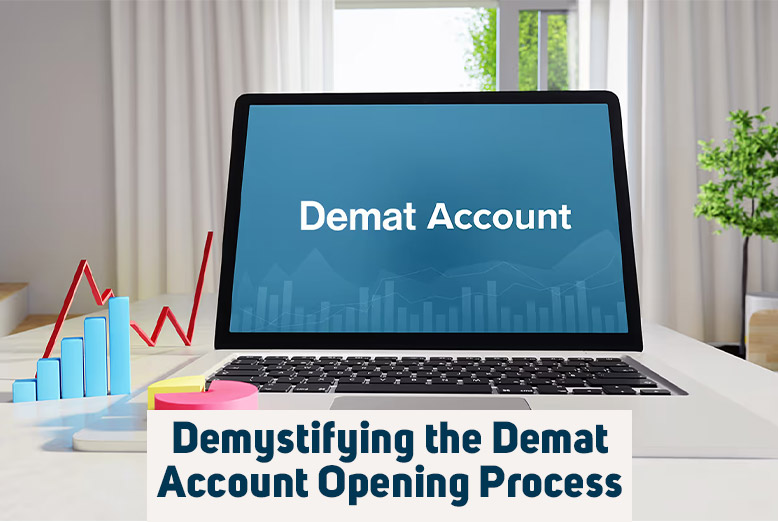When you launch a new product or business, the two most important marketing strategies that should be at the top of your list are: prelaunch and preannouncement. By effectively using both strategies, you can maximize the impact of your launch, ensure a steady buildup of interest, and position your new business or product for success from day one.
The trick is to ensure preannouncement happens early in the prelaunch phase to set the stage for further marketing efforts. In short, a business can use preannouncement to create an initial buzz and media interest. Then use prelaunch activities to sustain and build upon that interest leading up to the actual launch. But how should you use both strategies effectively? Keep reading to find out.
Start With Preannouncement
Whether starting a business similar to EssayUSA or an established company about to release a new product, it’s always best to begin with a well-timed preannouncement to create initial awareness and excitement.
The Hollywood film industry understands this marketing strategy well. That’s why before a movie is released, there is always a trailer to create buzz. What this does is give your new business or product an extra boost. For this technique to work, especially when introducing a new product, you must share enough information beforehand to generate interest and leave plenty of space for surprise.
Sharing all the information about a product or business before the launch can lead to two main issues:
Loss of Excitement
If potential customers already know everything about the product, there’s no sense of discovery left for the actual launch. As a result, the excitement generated by unveiling new features, benefits, or aspects of the product is lost.
Remember, a gradual release of information keeps your target audience engaged over time as they look forward to new updates and announcements. When all details are revealed upfront, there are fewer options for continuing connection and conversation with your target group.
Increased Risk of Competitor Action
Knowing all details in advance allows competitors to adjust their strategies, marketing, and product offerings to counter your launch better. Competitors can also enhance their products or offer promotions to divert attention from your new product. You’ll also give your competitors enough time to replicate or improve your ideas.
As a result, they may potentially release similar products around the same time or even before your official launch. Overall, retaining an element of surprise and strategically timing the release of information helps maintain customer interest and engagement while protecting your competitive advantage.
Transition to a Prelaunch Marketing Strategy
Continue your prelaunch efforts afterward to keep the momentum going and increase participation. To achieve this, keep sharing fresh data. Teasers, previews, and behind-the-scenes content can also be produced to craft a story that draws in prospective clients and involves them in the journey. When customers see new developments, they stay interested and feel more connected emotionally. This connection can make them more loyal and engaged with what the business offers.

Make sure you have ongoing prelaunch initiatives to facilitate several interactions with prospective clients. Regular interactions through a variety of channels can help achieve this. By doing this, you can raise the likelihood that people will see and remember what you said, which is important for boosting brand recognition.
Regularly interacting with your audience is another excellent strategy that will help you gather insightful feedback. You can enhance your marketing messages by using this feedback before your product is released formally.
Coordinate Efforts
The first impression sets the foundation for the rest of the prelaunch. Therefore, it is crucial that the preannouncement adopts a clear, consistent structure and tone which the rest of the campaigns will be based on. Clearly putting out only specific aspects of the company, such as name and core values, allows for retention of certain elements that will be recognized later by your audience.
The second reason to make a preannouncement is your opportunity to attract potential clients, journalists, and industry members. A properly shared release may increase the level of the initial attention as well as interest so that you can rely on this momentum during your prelaunch efforts.
Besides, this strategy ensures that all promotion actions, from traditional social media advertising to influencer marketing, align with the message and goals you described in the preannouncement. This unified approach maximizes the impact of your promotion by presenting a coherent narrative.
How to Execute a Pre-Announcement Marketing Plan
As aforementioned, a preannouncement advertising technique creates eagerness and curiosity about your new business or product. It works well when used early in the launch timeline, well before the official release date. Some of the preannouncement marketing strategies that have been known to yield results include:
- Press release
- Social media announcements
- Website banners or pop-ups
- Countdown timers
Another popular option is to host a press conference or event to officially announce the business/ product and offer listeners a chance to ask questions. Businesses can go further and post links such as https://www.clevescene.com/sponsored/the-best-essay-writing-service-2022-independent-review-39279903 on their official online pages. By posting a link, you can quickly inform your audience about your upcoming launch.
How to Implement a Prelaunch Campaign
Start by making videos and composing posts or articles that inform and involve your intended demographic. Next, send updates, exclusive previews, and countdowns to keep your mailing list informed and excited. If your budget allows, partner with influencers to increase your brand’s exposure and capitalize on their trustworthiness. Finally, provide a limited number of users with early access to products to generate hype and get reviews.
By giving specific people early access, you turn them into brand advocates. They will feel privileged and valued and, in the process, increase their loyalty to your brand. Positive user reviews and recommendations will increase reputation and draw in a larger clientele. This helps your campaigns get more traction.
Furthermore, early supporters are frequently excited about being the first to try something new. As a result, they’ll be eager to discuss their experiences online. This organic word-of-mouth advertising can create a lot of excitement and build anticipation ahead of the launch.
Also Read: Mastering the Basics of Business Management




















